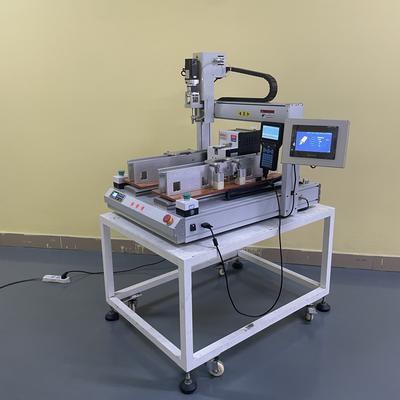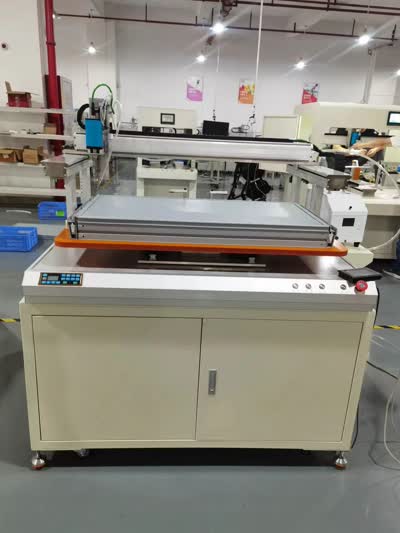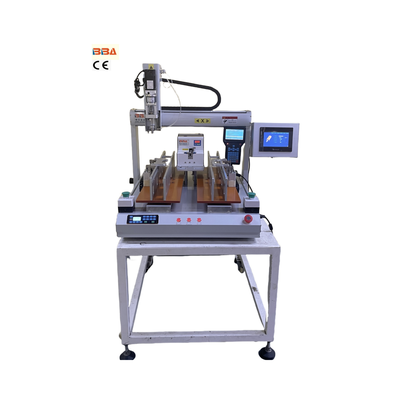Essential Machine Calibration Tips for Industrial Automation | Long-Term Use Guide
Machine calibration is a critical process for ensuring the accuracy, efficiency, and longevity of industrial automation equipment. Proper calibration not only enhances performance but also minimizes wear and tear, reducing downtime and maintenance costs. In this article, we explore essential tips to maintain machine calibration for long-term use.
1. Follow Manufacturer Guidelines
Always adhere to the calibration procedures specified by the equipment manufacturer. These guidelines are designed to ensure optimal performance and safety. Skipping steps or improvising can lead to inaccurate readings and potential damage.
2. Schedule Regular Calibration Checks
Calibration drifts over time due to environmental factors, usage, and component aging. Implement a routine calibration schedule based on the machine’s workload and operating conditions. High-precision equipment may require more frequent checks.
3. Monitor Environmental Conditions
Temperature, humidity, and vibrations can affect calibration stability. Ensure the operating environment remains within the recommended ranges. Use climate-controlled spaces when necessary to prevent deviations.
4. Use High-Quality Calibration Tools
Invest in reliable, certified calibration tools that meet industry standards. Substandard equipment can introduce errors and compromise the entire calibration process. Regularly verify the accuracy of these tools as well.
5. Train Personnel Thoroughly
Well-trained operators are essential for consistent calibration. Provide comprehensive training on procedures, troubleshooting, and the importance of precision. Refresher courses can help maintain high standards.
6. Document Every Calibration
Maintain detailed records of each calibration, including dates, adjustments made, and personnel involved. This documentation helps track performance trends and supports compliance with industry regulations.
7. Address Calibration Drifts Promptly
If inconsistencies are detected during routine checks, investigate and resolve them immediately. Delaying corrective action can lead to compounded errors and equipment damage.
8. Keep Machines Clean and Well-Maintained
Dust, debris, and mechanical wear can interfere with calibration. Regular cleaning and preventive maintenance ensure sensors and moving parts function as intended.
9. Validate Calibration After Major Events
After equipment repairs, part replacements, or significant environmental changes, recalibrate the machine. Such events can alter performance and necessitate adjustments.
10. Leverage Automation for Calibration
Automated calibration systems can improve precision and reduce human error. Integrate smart sensors and software solutions to streamline the process and enhance reliability.
By incorporating these practices, industrial automation systems can maintain peak performance, extend operational life, and deliver consistent results. Prioritizing calibration is an investment in long-term efficiency and cost savings.

| Product Name | Applicable industries |
| Screw Locking Robot | Home Appliance Production |


